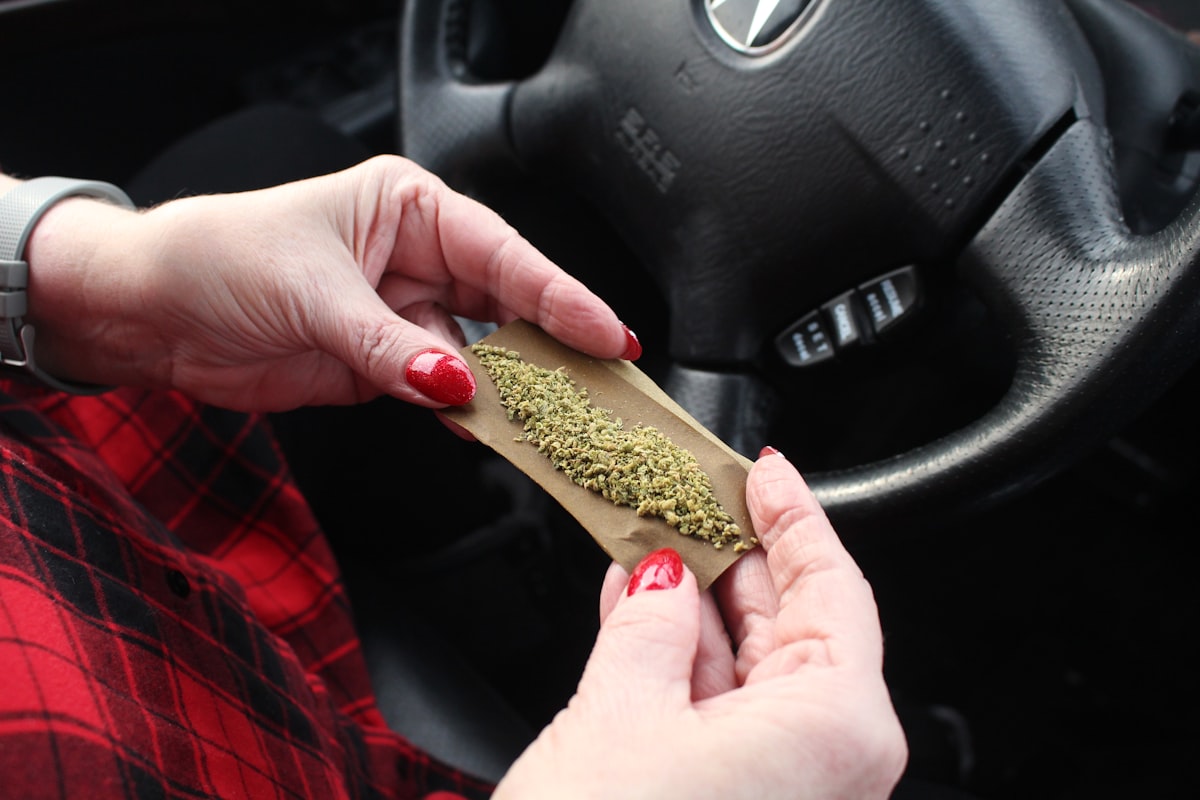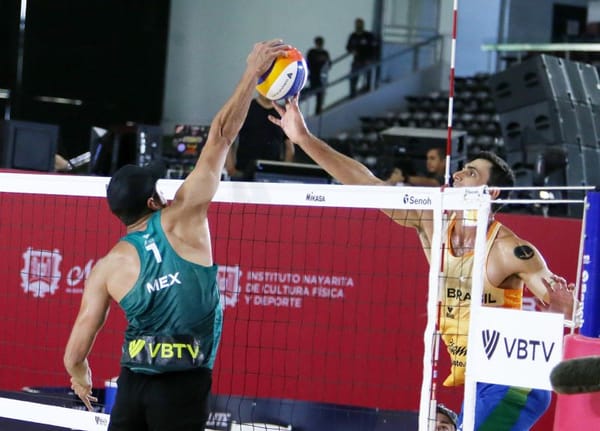Mexican drug cartels control 80% of Catatumbo coca cultivation
Today, the panorama of the sale of coca leaf or coca base in Catatumbo has changed, due to two new actors who, according to the peasants, "are lined in silver, pay cash and much more than the guerrilla"

Pedro Luis Sanchez (name changed for safety purposes) has lived most of his life in Catatumbo, moving around with his family, always seeking economic stability. To achieve it, he, like nearly 200,000 peasants in this region of Norte de Santander, made up of 11 municipalities, lives off the coca leaf plantations.
More than three years ago he decided to go to the rural area of El Tarra because where he used to live he was displaced by the extinct Farc. Convinced of the plans that the National Government was offering, he decided to play with licit crops, but time passed and nothing happened as he expected. For this reason, he decided to return to the cultivation of coca leaves.
Until the beginning of 2018, according to Pedro Luis' account, the drug gangs (local and national) that fought to buy the production of the coca base negotiated with only one actor: the guerrilla. The peasants were forced to sell the rasp or the drug they produced to the person designated by the illegal armed groups, which is why the price remained stable for 10 years.
Today, the panorama of the sale of coca leaf or coca base in Catatumbo has changed, due to two new actors who, according to the peasants, "are lined in silver, pay cash and much more than the guerrilla".
These are the cartels of Sinaloa and Jalisco Nueva Generación. They have begun to negotiate directly with the coca growers, without the need for intermediaries, controlling up to 80% of the coca production of Catatumbo.
"Those manes (SIC) with their foreign accent come to the farms and offer us better prices, regardless of which illegal armed group is in the area because what we know is that the ELN, the Epl, the dissidents and other groups receive money from them so that there is no problem," said Pedro Sánchez.
According to Colonel Fabián Ospina, commander of the Norte de Santander Police, today these two Mexican cartels dominate 80 percent of the illicit crops and the production of coca base and cocaine that leaves Catatumbo to different destinations such as the Caribbean, Mexico, the United States, Europe, Asia, and Africa.
A national intelligence source says that "those organizations decided to settle in this region of Norte de Santander because they saw that it was a gold mine. Being in the Catatumbo the costs of the drug are much lower than when they had to buy it laid in Mexico. A kilo here is worth between $2'800,000 and almost $5'000,000, depending on whether it is base or cocaine, but taking it to where they were, they had to pay between 15,000 and 20,000 dollars (between 46 and 60 million pesos).
According to the source, the Mexicans took advantage of the death of Megateo, former commander of the EPL, and the peace process between the government and the Farc, to get more in front of the area, without any problem. "They have come to impose themselves thanks to the great fortunes they have made".
Today it is not uncommon to find a group of Mexicans in areas like La Gabarra, Filo el Gringo or Versailles. Although the police and the army officially deny that the representatives of these organizations, who come directly from Mexico, live on luxurious farms in that region, La Opinión managed to establish from various sources that this is real.
In addition, it has been established that the Mexicans are guarded by a personal army of some 60 men, and in addition, the ELN, EPL, and dissidence of the 33rd Front of the Farc also lend them security in exchange for juicy profits.
This is how they bring them to the Catatumbo
But how have the 'manitos' managed to arrive quietly and take over almost all of the illicit coca business in this vast region, undetected by police, military, and immigration authorities?
Sources of military and police intelligence unofficially assured that Mexicans arrive in Bogotá, where they stay a day or two in a hotel so as not to arouse suspicion; then they travel to Bucaramanga, Valledupar, or directly to Cúcuta, where they are awaited by some guerrillas or by the same people they have living in Catatumbo. From there they are transported in luxurious SUVs to El Tarra or Tibú.
"If they arrive in the capital city of Norte Santandereana they stay in hotels that we have already identified because there they arrange everything for them so as not to arouse any suspicion. They spend the night there and the next day, very early, they leave for Catatumbo," said one of the sources.
The intelligence agencies are aware that they have organized some meetings in Cúcuta, punctually in restaurants for those who request the owner or administrator to provide the service only to them, paying large sums of money. But they also know that in luxurious residences in exclusive residential complexes they organize meetings to balance shipments or 'crowned' cargo accounts.
"We have information that a nephew of the Chapo Guzmán would have bought a luxurious property for Boconó, through a frontman, and there would be some meetings with those of the Sinaloa cartel and local or national 'narcos' who come to carry out million-dollar transactions," said the intelligence source.
And he added: "We also know that when they arrive in Valledupar, they are put through a trail that leaves near El Carmen, and from there they follow Ocaña, after passing through the Convención, they continue to El Tarra or go down to Tibú. We have the alias of one of those Mexicans, 'Gonzalo', who works for the Jalisco New Generation cartel and who comes once or twice a month and stays on one of those farms where there are other of his countrymen, is very close to El Tarra".
On some occasions, according to unofficial sources, Mexicans have organized extravagant parties on those farms that are far from the towns. "There they take very expensive pre-payments, musical groups, and a lot of liquor. The festivities can last up to three days and nobody says anything, because the security men are very well armed and if they see a stranger loitering they gave the order to kill him," said an informant.
The intelligence agencies also say that although these two drug trafficking structures are at war to the death in Mexico, in Catatumbo the territory has been divided without any assaults. "We know that the people of Sinaloa control all the crops and production of Tibú and a large part of Sardinata, while Jalisco Nueva Generación took over the coca of El Tarra," said one of the sources.
This would help to understand why coca cultivation continues to increase in El Catatumbo. The most recent monitoring of territories affected by illicit crops in 2018, revealed last August by the United Nations Office on Drugs and Crime, assured that coca leaf plantations in Norte de Santander increased by 19%.
According to the Integrated Illicit Crop Monitoring System (Simci), until December 2018 in Catatumbo 33,598 hectares had been planted with coca leaf. "The first ten municipalities where most coca is cultivated are Tibú, Tumaco, Puerto Asís, El Tambo, Sardinata, El Charco, El Tarra, Orito, Tarazá and Barbacoas, which account for 44% of the country's total coca cultivation in 2018," reads the United Nations study.}What is their presence like?
The members of the intelligence who track the Mexicans are clear that they don't care about the armed conflict in Catatumbo. "When they arrived, they made it clear to the armed groups that they did not come to participate in the war, that the only thing that mattered to them was drugs; that's why they do business with everyone and everyone is paid, whether with dollars, euros or weapons," said a source that closely follows the steps of the Mexicans who are now in Norte de Santander.
He added: "in addition to the group of heavily armed men who are in charge of the personal security of the Mexicans who are in the Catatumbo, the shipments are monitored by members of the ELN, EPL, dissidents of the FARC or criminal gangs, depending on the area where they move to Venezuela.
Added to this is the fact that in some investigations carried out by foundations defending human rights, it has been evidenced that Mexicans have also bought enormous coca farms and have put them in the hands of frontmen, but they are looking for humble peasants to take charge of the crops.
La Opinión also managed to establish that these drug traffickers are looking for needy farmworkers and offering them loans so they can rent land and plant coca, and then when they have to buy the harvest they cross accounts.
"They take advantage of the poverty that exists, the peasant has no choice but to cultivate and earn the money they are paid," said a human rights defender.
Contrary to the testimonies gathered, Colonel Fabián Ospina, commander of the Norte de Santander Police, assures that it is false that Mexicans are living in the Catatumbo. He assures that it is true that they come as far as the border, but on the Venezuelan side, where they buy large quantities of drugs and leave.
"What we have been able to establish is that they handle 80 percent of the crops and the production of coca base paste or cocaine hydrochloride that groups like ELN, EPL, and dissidents take out. That drug is taken out through the different roads in the Catatumbo to Venezuela and once there, they load small planes that leave at different points. They have several routes that are being identified little by little, but that they are living here is false," the official said.
Another important link in the chain has to do with the enormous laboratories that Mexicans have set up to produce cocaine hydrochloride. "These crystallizers are the most technified that there are at the moment in the Catatumbo. Many are very close to the border," said the intelligence source.
And Pedro Luis Sánchez confirms it. "In the rural area of El Tarra, on the border with Tibú, there are four enormous laboratories of some Mexicans, where they receive our base and pay it very well. Getting there is not easy, because they have a group of men who provide them with security and if one is not authorized, they do not enter. In addition, there are army troops who also guard them. One passes quietly in front of them (soldiers) because they have already been paid. What the soldiers say is that the only thing that interests them is that the guerrillas don't kill them," he says.
Less than two months ago, special troops of the Army and Police carried out two operations where they dismantled enormous laboratories in which they would process up to four tons of cocaine a month. According to the reports delivered by General Mauricio Moreno, commander of the second division of the Army, the structures were erected by the Mexicans and the dissidents of the 33rd Front of the FARC.
A lucrative business
According to the testimony of several peasants in the area, Mexicans have become the best buyers of both the leaves and the production of coca base. Selling one kilo to the Mexicans implies a profit of 300,000 pesos in addition to the price obtained if it is sold to the guerrillas.
"The Mexicans pay $2,800,000 per kilo of the base, while the guerrillas pay $2,500,000. That's why many of us prefer to sell directly to them," said one farmer.
Although Sanchez maintains that sometimes the guerrilla prohibits them from selling directly to the 'manitos' so as not to affect their profits, little by little the Mexicans have been displacing these groups, which has caused many peasants to continue negotiating with them, very discreetly.
"These gentlemen are the ones who most control the kitchens. Hardly anyone bets on processing cocaine anymore. You take out the base and take them away, or else you go and sell them the leaves. The quality of the drug they are taking is superior. In addition to the big laboratories, they bring in the chemists from outside, those are the ones who give the quality to the drug, reaching 98%, they also bring in crop experts to teach us how to plant and how to buy a type of bush that is better today: the Bolivian bush. Every two months, that is giving between 6.7 and 8 kilos per hectare planted, while the other one, which is the chipra, only takes out four kilos, in the same time".
But how do they get all the drugs they produce in the Catatumbo to the different countries? According to the police, the Mexicans take the alkaloid to points on the border with Venezuela known as El Cruce and Casigua el Cubo, where there would be several clandestine airstrips and from there they arrive and leave small planes loaded with money and drugs. But they also have two other routes that are through Lake Maracaibo and Margarita Island, from there large and small boats set sail.
The authorities have also discovered that these cartels have traced routes to Cartagena, Barranquilla, Guajira, and the border with Panama, where little by little they carry cargoes that are transported in trucks, cars, or vans.
One of the most recent routes that the Sinaloa cartel mounted was Tibú-Puerto Santander-Boca de Grita (Venezuela), where they were associated with the Rastrojos and Los Pelusos.
Its great partners in controlling 80 percent of coca production and cultivation have been alias Gonzalo Satélite, commander of the front Juan Fernando Porras Martínez, of ELN, and Luis Antonio Quiceno Sanjuán, Pácora, head of Los Pelusos in Norte de Santander, who before dying also associated with the Mexicans. As it has been established, it would now be the ringleader known as Condor.
On the dissident side of the 33rd Front of the FARC, they would be negotiating with alias Jhon Barbas, who today is in Venezuelan territory and directs a large number of men in Tibú, while the Rastrojos were associated with Wilfredo de Jesús Torres Gómez, better known as Necoclí, who was imprisoned in Venezuela, but is now free.
What was the arrival of Mexicans in this region like?
Among what the authorities have managed to establish is that the Mexicans arrived in Norte de Santander around 2010 and who brought them was Luis Enrique Perez Mogollon, better known as the Octopus, a recognized narco-trafficker that no state security agency was able to prove to him that his economic empire came from drug deals.
"The Octopus saw in the Los Zetas cartel a powerful partner, that's why he went and negotiated with them and proposed that they join because he had the handling of cocaine leaving from Cúcuta to Venezuela and from there and had the contacts to take it to the United States, the Caribbean or Mexico," said a judicial source.
But after that Tuesday, April 3, 2012, when two hitmen murdered Luis Pérez, Los Zetas was left without its great partner and began to look for a partner among other local drug traffickers. But by then, the Sinaloa cartel was already sending some emissaries to make transactions with Victor Ramon Navarro Serrano, alias Megateo, head of the EPL and considered the Pablo Escobar of eastern Colombia.
The millionaire transactions that Megateo made with those of Sinaloa were so great that he had the luxury of rejecting Los Zetas, he only stayed with them and in addition, Navarro Serrano offered Chapo Guzmán to come to Catatumbo, that he would protect him from any action of the authorities.
Faced with the lack of partners, Los Zetas left Norte de Santander and their rivals remained, those from Sinaloa, but by October 2015, when Megateo died during an operation by the Colombian armed forces, things got bad for the Mexicans and all those local or national drug traffickers who sourced from this region.
Only six months later, when the EPL, ELN, and extinct FARC were able to recover from the death of the largest drug dealer in Norte de Santander, did the narcos start up again. But it wasn't just the Chapo people who were here, the Jalisco New Generation cartel, without caring about the war it was also waging with the Sinaloa people, began to knock on doors and managed to get them opened. That's why today, the zones are divided so that these two organizations can maintain themselves.
Source: La Opinion




